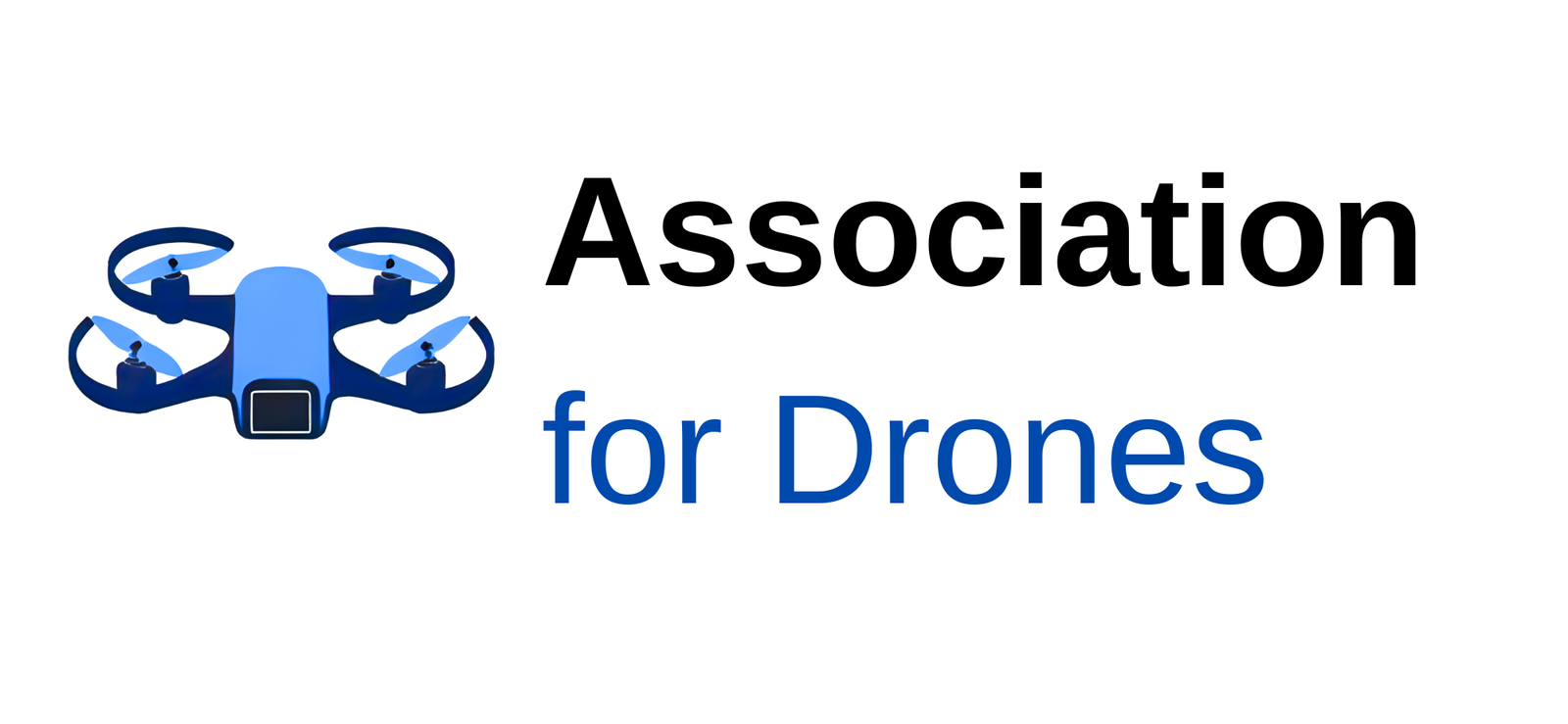As the drone industry matures, regulators are focused on making the skies safer and more transparent. One of the biggest steps in this direction is Remote ID—the drone equivalent of a digital license plate. For pilots, hobbyists, and commercial operators alike, understanding Remote ID isn’t optional anymore—it’s essential.
1. What Is Remote ID?
Remote Identification (Remote ID) is a system that allows a drone in flight to broadcast identification and location information that can be received by others, including:
- The drone’s ID (unique serial number or session ID)
- Location and altitude of the drone
- Location of the control station (pilot)
- Time and emergency status
Think of it as the “license plate and position beacon” of the drone world—enabling authorities and other airspace users to know who is flying and where.
2. Why Was Remote ID Introduced?
The FAA and regulators worldwide introduced Remote ID to:
- Increase airspace safety: Help prevent midair conflicts between drones and manned aircraft.
- Support law enforcement and security: Authorities can quickly identify drones flying in restricted or suspicious areas.
- Enable advanced operations: Technologies like Beyond Visual Line of Sight (BVLOS), drone delivery, and U-space/UTM require an ID framework to scale safely.
- Build public trust: Communities are more comfortable with drones overhead when flights are identifiable and accountable.
3. How Remote ID Works
There are two main methods of compliance:
Standard Remote ID Drones
Drones with built-in broadcasting capability (via Wi-Fi or Bluetooth). Most new drones from major manufacturers (DJI, Skydio, Autel) already ship with this capability.
Broadcast Modules
Add-on devices that can be attached to older drones. These modules transmit identification and location information, but unlike standard drones, they must also broadcast the takeoff location.
FAA-Recognized Identification Areas (FRIAs)
Designated areas (often at flying clubs or educational institutions) where non-Remote ID drones can legally fly.
4. Deadlines and Compliance
- In the U.S.:
- Remote ID compliance became mandatory March 16, 2024 after the FAA’s enforcement grace period ended.
- All drones required to register (over 250g for recreational use, all drones under Part 107) must comply unless operating within a FRIA.
- In Europe:
- Under EASA rules, all drones over 250g must be registered and broadcast an electronic ID if flying in the “open” category in urban areas.
- Globally:
- Standards are aligning around ASTM F3411, which defines how Remote ID should work internationally.
5. What Remote ID Means for Pilots
For drone pilots, Remote ID has both responsibilities and benefits:
Responsibilities
- Ensure your drone is Remote ID compliant (either built-in or with a module).
- Register your drone and keep records up to date.
- Know whether you’re flying in a FRIA or in regular airspace where Remote ID is required.
- Understand that law enforcement or regulators may request Remote ID data if needed.
Benefits
- Greater operational freedom in the long term: Remote ID is a stepping stone toward BVLOS and urban airspace integration.
- Fewer waivers needed for advanced operations as Remote ID creates a safer baseline.
- More public acceptance—fewer complaints and concerns when drones are identifiable.
6. Common Pilot Questions
Q: Will the public be able to see my personal data?
No. Remote ID broadcasts a drone’s ID and the pilot’s location, but it doesn’t expose personal details. Only authorized authorities (like FAA or law enforcement) can connect the ID to your registration data.
Q: Do I need Remote ID for recreational flying?
Yes, unless you’re flying in a FRIA. Even recreational drones over 250g must comply.
Q: What happens if I fly without Remote ID?
You could face fines, certificate actions, or other enforcement penalties.
7. The Bigger Picture: Remote ID and the Future of Drones
Remote ID isn’t just about compliance—it’s the foundation for advanced drone ecosystems:
- Urban Air Mobility (UAM): Passenger drones and air taxis will depend on Remote ID-like systems for integration.
- UTM/U-space: Digital air traffic systems require reliable drone identification.
- BVLOS operations: Regulators see Remote ID as essential before routine long-range flights are approved.
In other words, Remote ID is the ticket to scale—a necessary step for drones to move from isolated flights to fully integrated airspace participants.
Conclusion
For drone pilots, Remote ID represents a cultural shift: from a hobbyist mindset to an aviation mindset. Just as cars needed license plates before highways could expand, drones need Remote ID before they can fully unlock their potential.
By embracing compliance now, pilots position themselves to benefit from the next wave of opportunities in inspections, logistics, public safety, and beyond.
Remote ID isn’t just a regulation—it’s a gateway to the future of flight.
